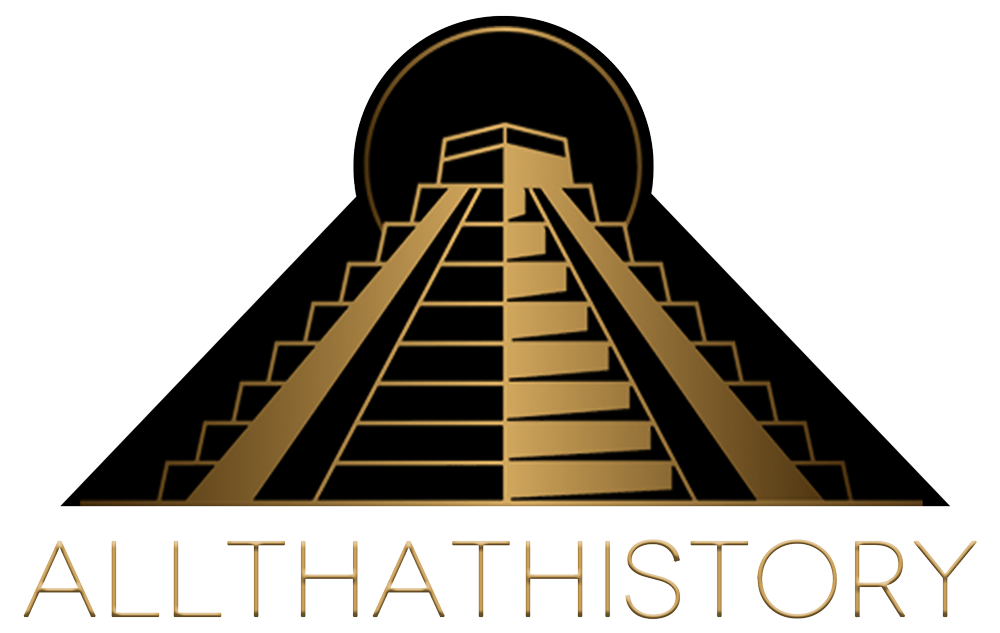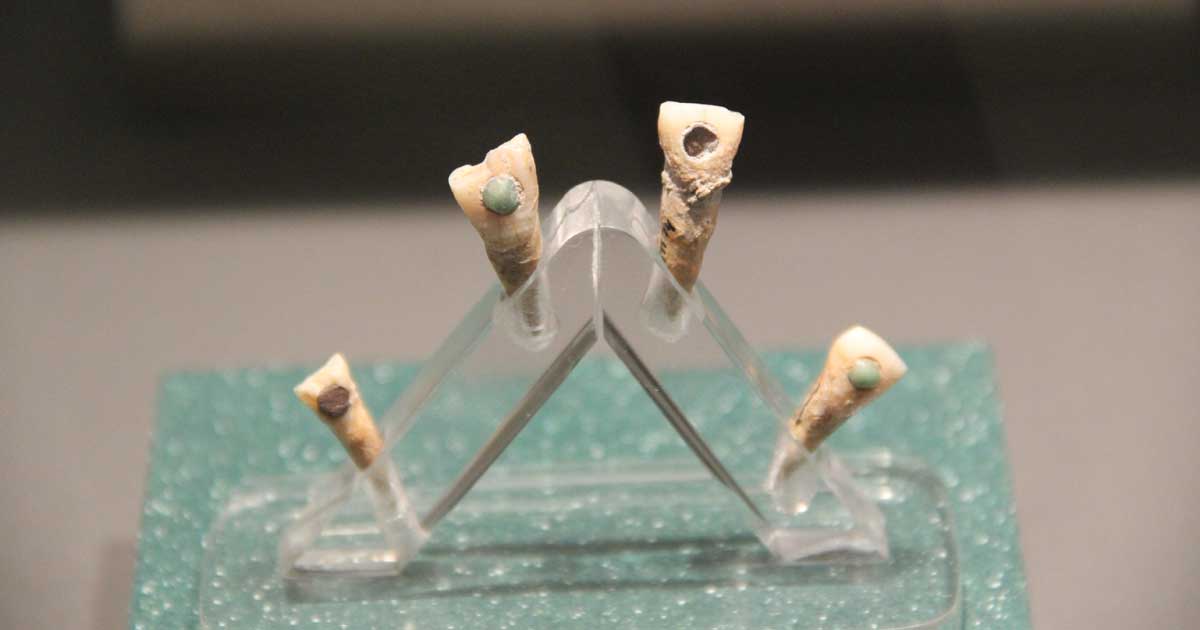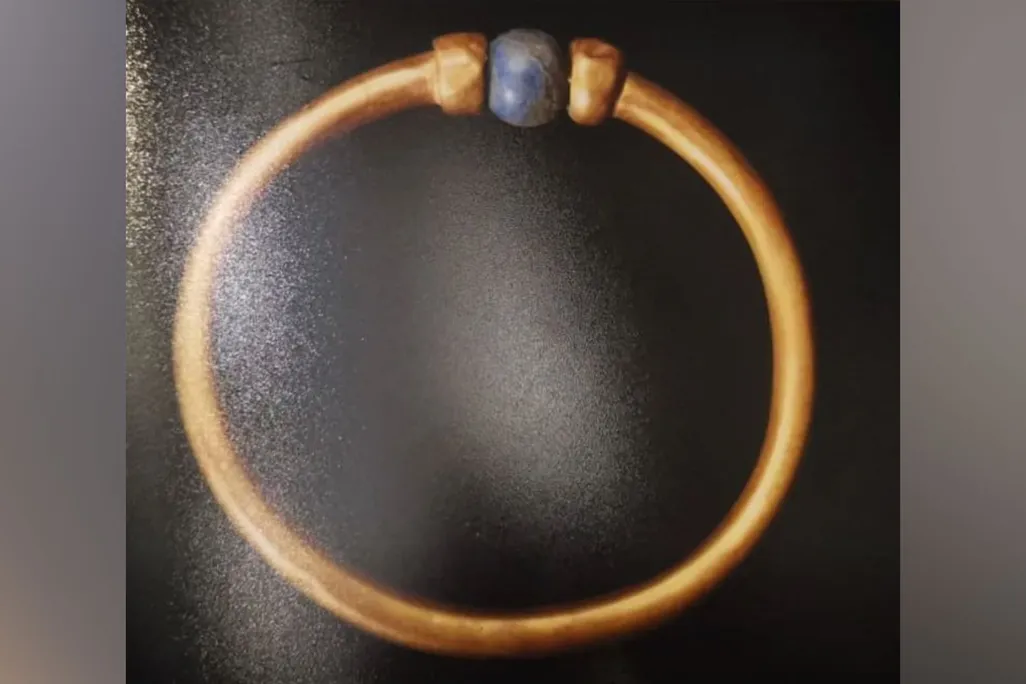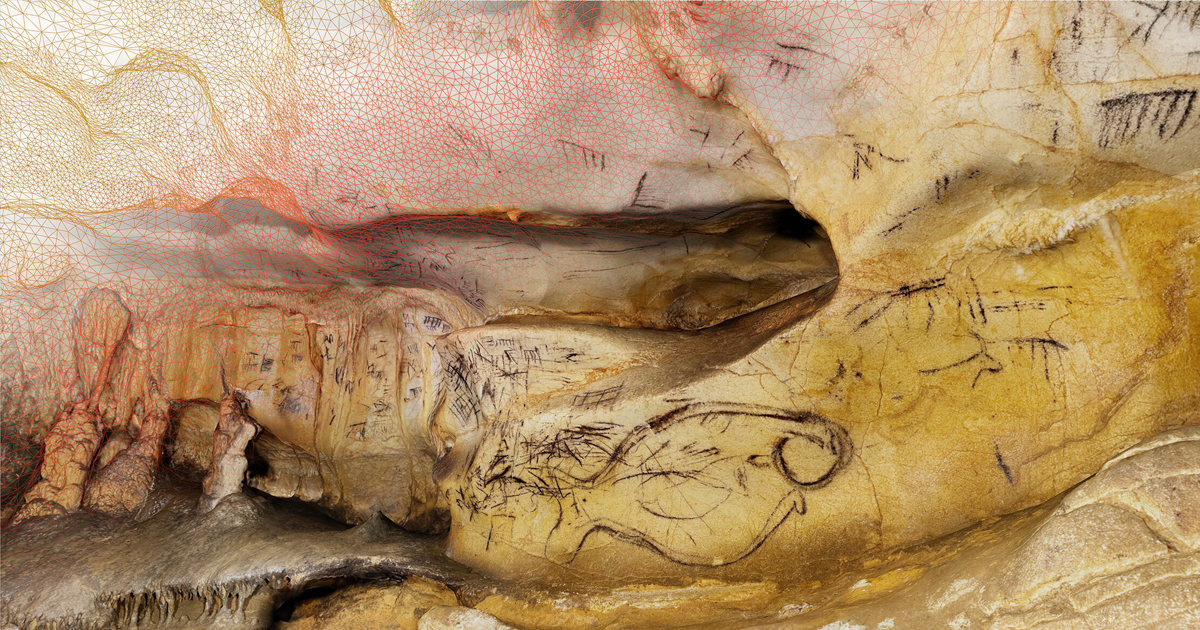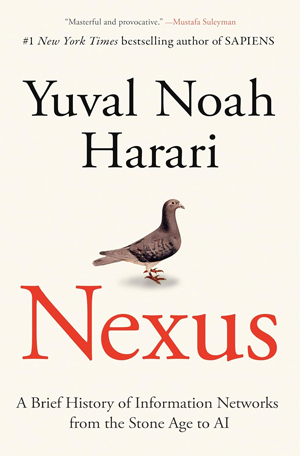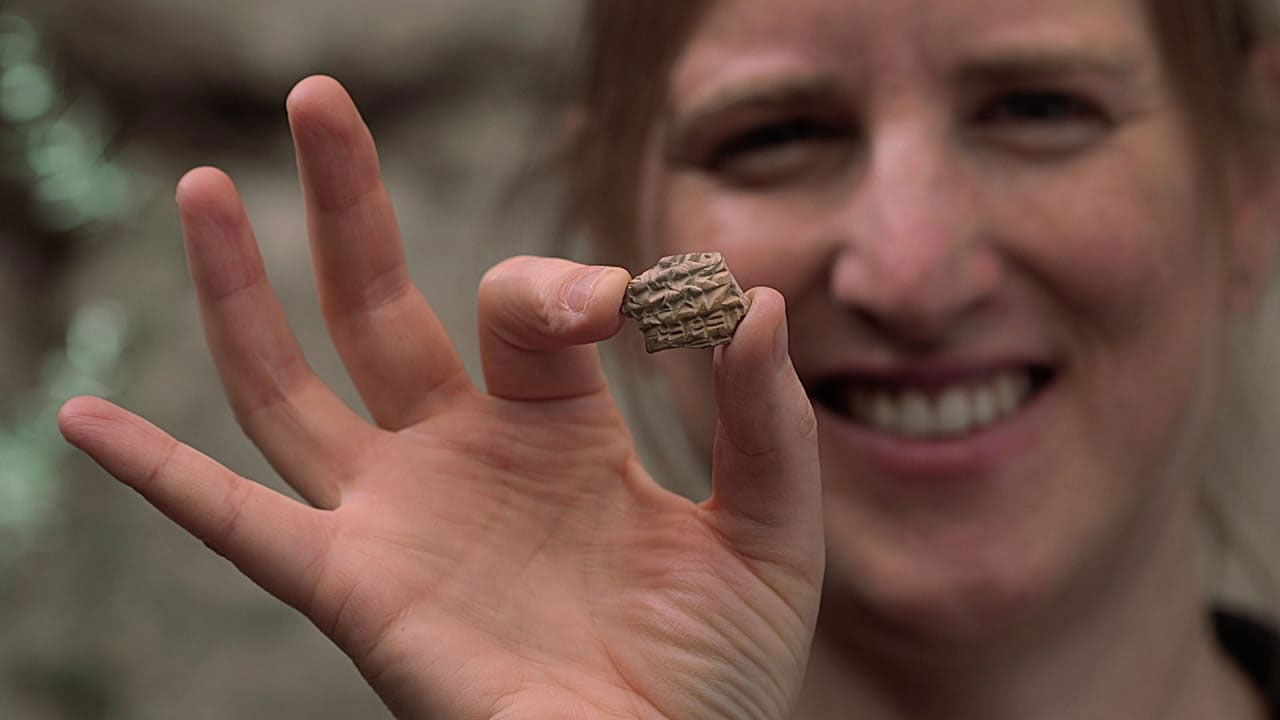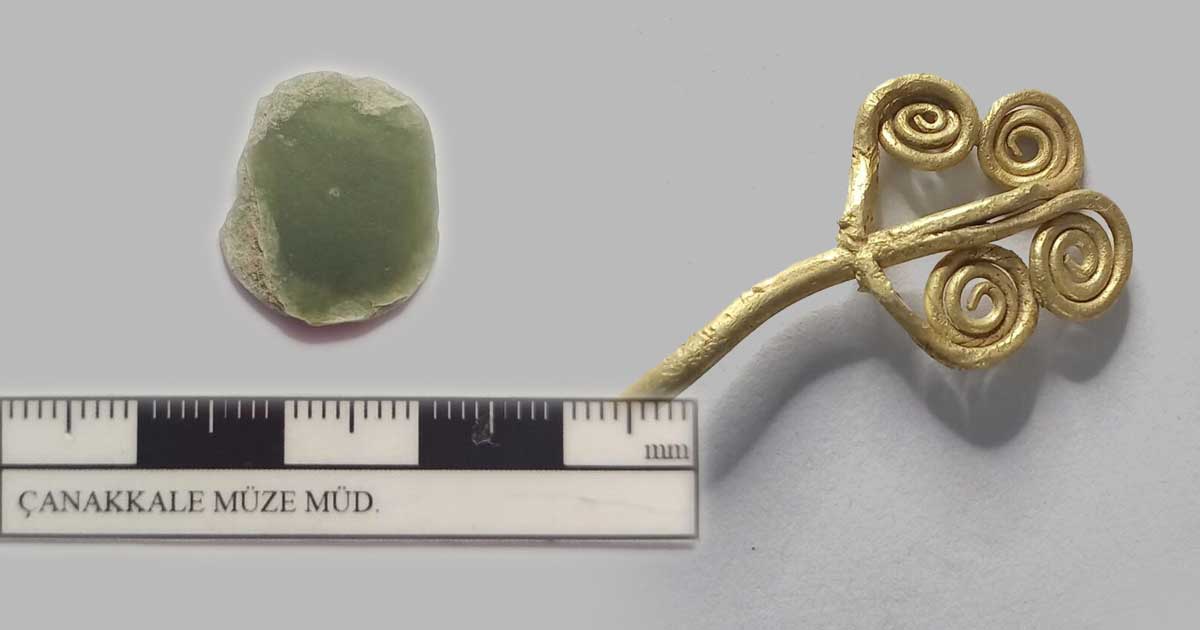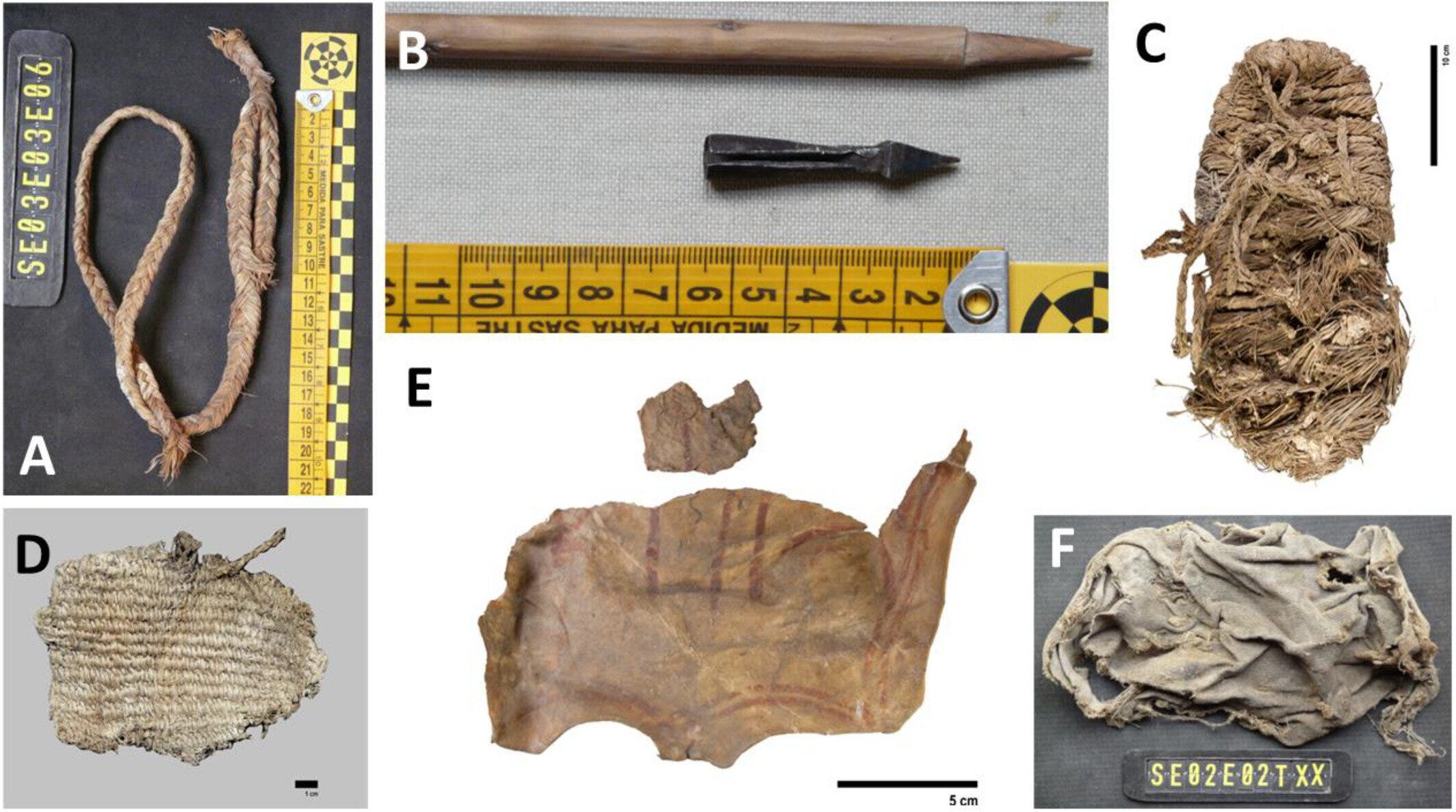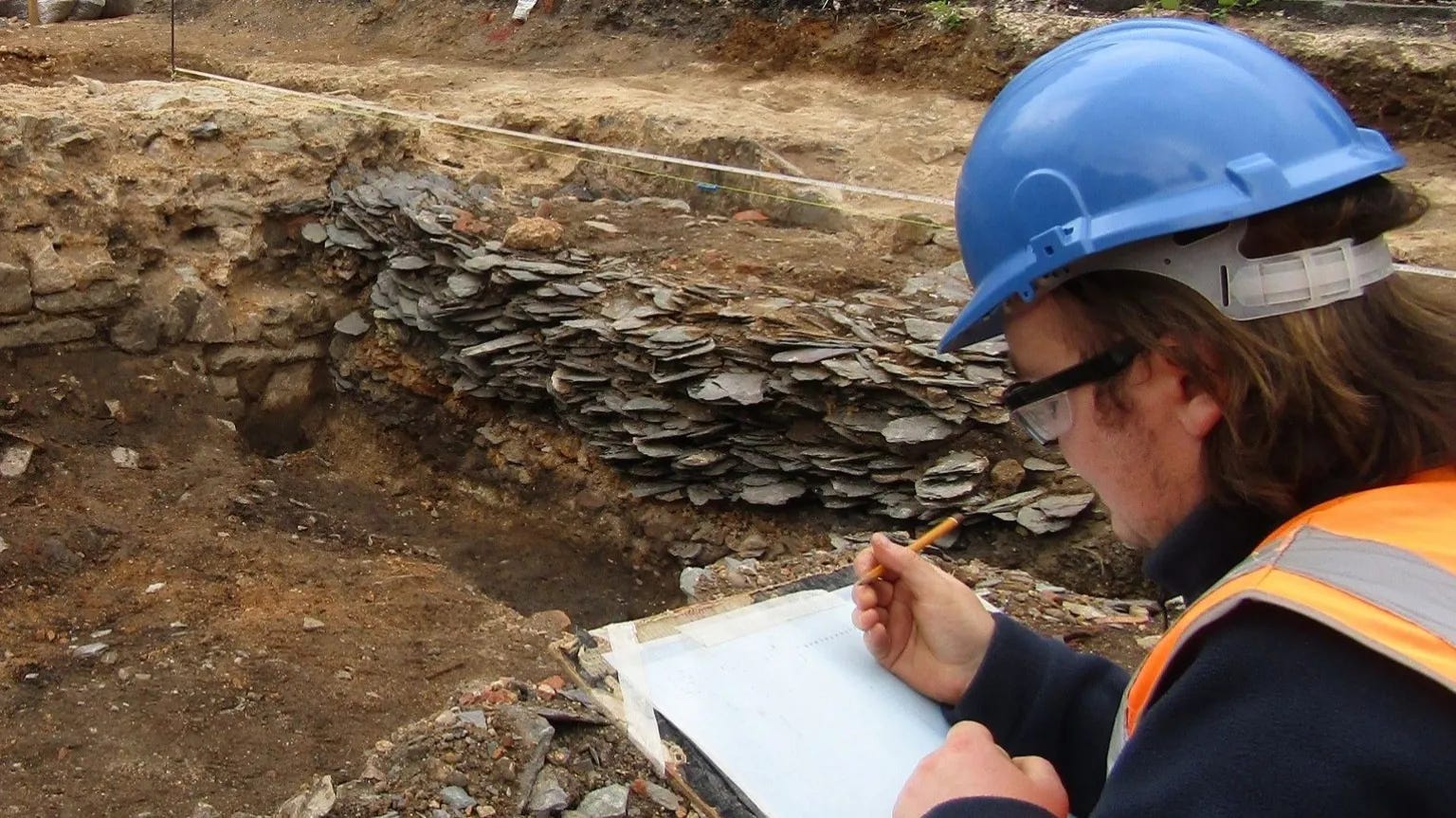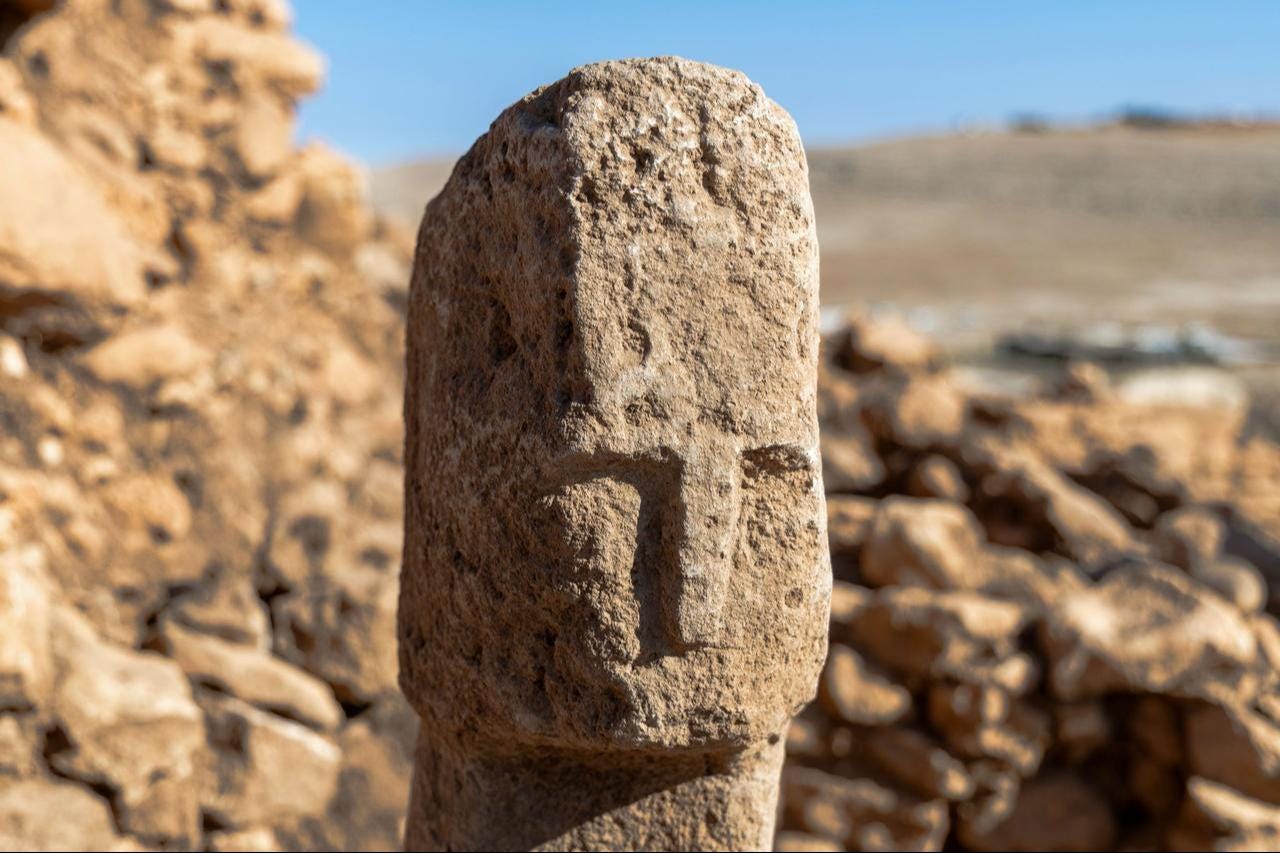A fragment of pottery no bigger than a coin has revealed something Jerusalem has never seen before. The 2.5-centimeter shard bears Akkadian cuneiform script—an Assyrian inscription from roughly 2,700 years ago, marking the first discovery of its kind within the ancient city.
The Israel Antiquities Authority and the City of David Foundation pulled the fragment from excavations near the Western Wall of the Temple Mount. What makes this tiny piece of clay remarkable isn’t just its age, but what it represents: a tangible thread connecting the Assyrian Empire’s administrative machinery to the Kingdom of Judah during the First Temple period.

Researchers believe the inscription once belonged to a royal seal stamped onto an official message dispatched from Assyria’s court to Judah. The content hints at something more than routine correspondence. Scholars interpreting the incomplete text suggest it references delayed tribute payments, potentially linking it to a moment of political friction described in biblical accounts, when King Hezekiah chose defiance over submission to Assyrian authority.
Recovery of the fragment involved wet sifting at Davidson Archaeological Park, a process that confirmed its authenticity. The research team notes this represents direct physical proof of communication flowing between the ancient Near East’s superpower and one of its vassal territories. Within the fragmentary text, two details stand out: a date marked as “the first of the month of Av” and mention of a “chariot officer,” the official courier tasked with carrying royal dispatches across the empire.
The fragment’s discovery location tells its own story. Archaeologists extracted it from soil layers originally deposited during the Second Temple period, material that had filled Jerusalem’s ancient drainage canal. They determined the pottery itself came from a collapsed First Temple era structure, one of the few known sites west of the Temple Mount containing remains from that earlier time.
Laboratory analysis added another layer to the mystery. Petrographic examination showed the clay didn’t come from anywhere near Jerusalem. Its composition matches material from the Tigris Basin, where Assyria’s power centers: Nineveh, Ashur, and Nimrud (Kalḫu), once dominated the landscape. The document was manufactured in an Assyrian administrative hub before making the journey to Judah’s capital. Israel’s Geological Survey is currently conducting chemical studies to pinpoint the exact source.
The incomplete nature of the text hasn’t stopped scholars from reading between the lines. They interpret it as evidence of strain between Judah and its imperial overlord, possibly triggered by tribute payments that arrived late or not at all. The discovery illuminates how Assyrian control operated in Jerusalem and reveals the communication networks that bound the empire to its distant territories during the late 8th and early 7th centuries BCE.
What the fragment ultimately demonstrates is Jerusalem’s role as more than a religious center during this period. Even under foreign domination, the city functioned as an administrative and political nerve center, fully integrated into the international systems of its time. Letters traveled, seals were pressed into clay, tax records moved between capitals, all the bureaucratic machinery that kept the ancient world’s most formidable empire connected to its vassals in the west.
The inscription goes on public display October 23 at the “New Discoveries in Jerusalem and Environs” Conference.
Header image: Dr. Ayala Zilberstein, excavation director on behalf of the Israel Antiquities Authority, holding the rare sealing.(photo credit: Emil Aladjem, Israel Antiquities Authority.)
